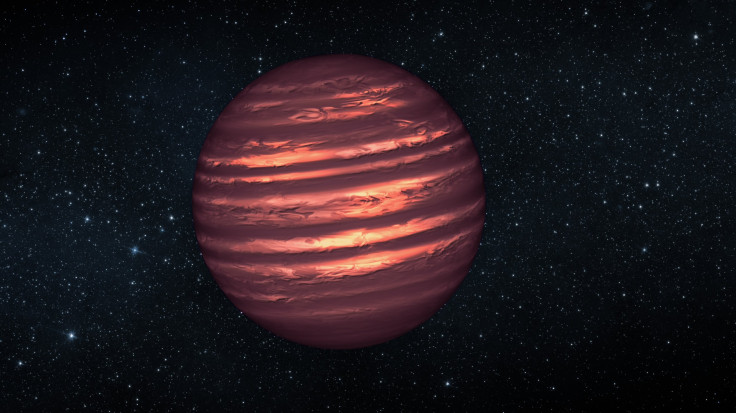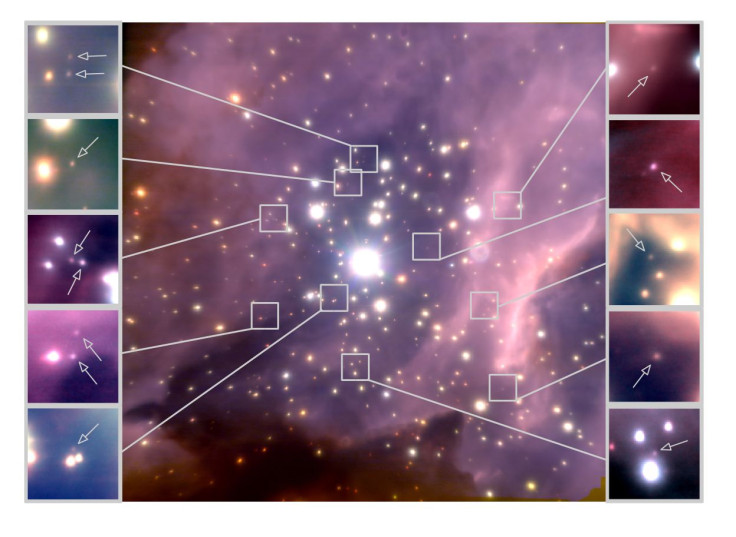100 Billion Brown Dwarfs Could Be Floating Around In The Milky Way

Brown dwarfs are strange things; their mass is more than the heaviest known gas giant planets, but is less than the lightest stars, making them objects that can’t be classified as one or the other. That also makes them interesting, though, because studying them can provide information about the formation of both stars and planets.
And while thousands of them have already been found in the Milky Way, our galaxy could be home to billions of them, according to a paper being presented Thursday at the ongoing National Astronomy Meeting (NAM) 2017 at the University of Hull in the United Kingdom. The researchers who worked on the paper put the number at a minimum of between 25 billion and 100 billion.
An international team of astronomers, led by Koraljka Muzic from the University of Lisbon and Aleks Scholz from the University of St Andrews in Scotland, looked at two nearby star-forming regions, 10 years apart. In 2006, they observed star cluster NGC 1333, which is located 1,000 light-years away in the Perseus constellation. And in 2016, their target was RCW 38, a relatively distant star cluster in the Vela constellation, located 5,500 light-years away.
Read: Biggest-Ever Brown Dwarf Found
These regions were chosen because all of the thousands of the brown dwarfs found in our galaxy so far (the first one was discovered in 1995) are located in nearby star-forming regions, all of which have a low density of stars and are not very big. The intermediate mass objects all lie within a 1,500-light-year distance from the sun, but that is because they are very faint and difficult to observe at greater distances.
NGC 1333 was found to have roughly one brown dwarf for every two stars in the region, a proportion higher than observed before. The RCW 38 observation a decade later was to test if NGC 1333 was unusual in that respect. This farther galaxy cluster has a high density of more massive stars, and the faint brown dwarfs would be difficult to spot next to the stars’ brightness.
To get around that problem, the researchers observed the cluster for a total of three hours using the NACO adaptive optics camera on the European Southern Observatory's Very Large Telescope in Chile. And they found a similar ratio of brown dwarfs to stars in RCW 38 as they had seen in NGC 1333.

In a statement, Scholz said: “We’ve found a lot of brown dwarfs in these clusters. And whatever the cluster type, the brown dwarfs are really common. Brown dwarfs form alongside stars in clusters, so our work suggests there are a huge number of brown dwarfs out there.”
Read: Fastest-Moving Stars In The Milky Way Came From Outside
The researchers also said their estimate of between 25 billion and 100 billion could be smaller than the actual number, because there could be many more smaller, fainter brown dwarfs out there too.
The paper is being presented at NAM on Thursday by Scholz. The research will appear in the journal Monthly Notices of the Royal Astronomical Society under the title “The low-mass content of the massive young star cluster RCW 38.”
© Copyright IBTimes 2024. All rights reserved.





















